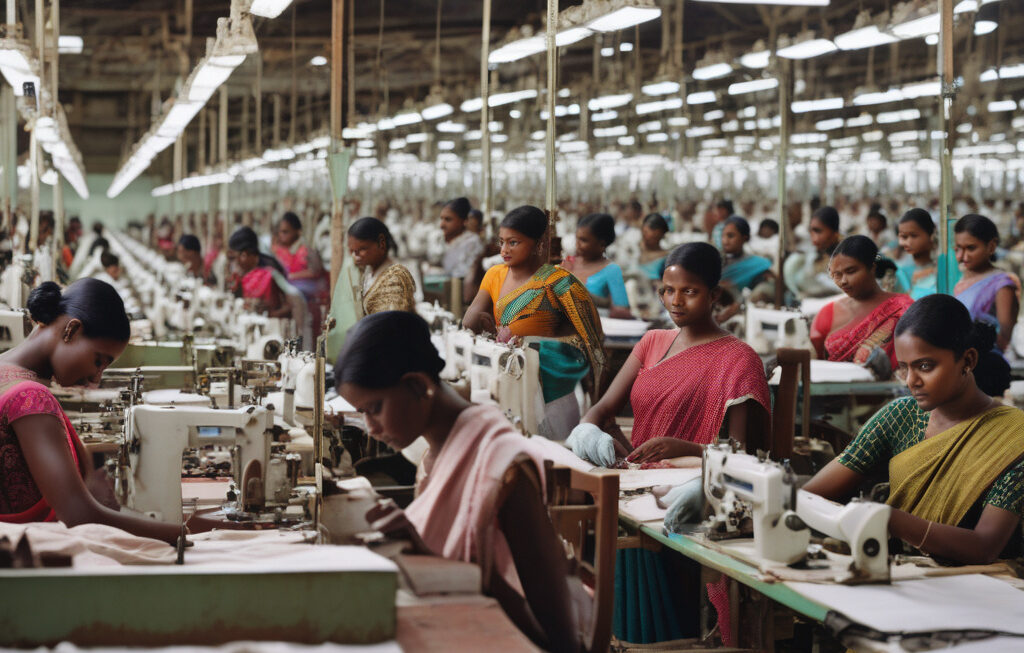Worldview: African Apparel Manufacturers Prepare for AGOA’s Expiry
In the realm of global markets, the fashion business news is always abuzz with the latest trends, challenges, and opportunities. This week, one of the key topics that have caught the attention of industry experts and stakeholders is the imminent expiry of the African Growth and Opportunity Act (AGOA) and its impact on African apparel manufacturers. AGOA, which was enacted in 2000, has been a vital trade agreement between the United States and eligible sub-Saharan African countries, aimed at promoting economic development through duty-free access to the US market for a wide range of products, including apparel.
For African apparel manufacturers, AGOA has been a game-changer, providing them with a competitive edge in the global market and helping them boost their export volumes to the US. However, with the impending expiry of AGOA in 2025, there is a sense of urgency and uncertainty looming over the industry. Manufacturers are now bracing themselves for the potential challenges that lie ahead and are strategizing on how to navigate the post-AGOA landscape.
One of the key concerns for African apparel manufacturers is the impact that the expiry of AGOA could have on their export competitiveness. With the removal of duty-free access to the US market, manufacturers fear that they may face higher tariffs, which could erode their price advantage and make their products less attractive to US buyers. This could not only result in a decline in export revenues but also lead to job losses and a slowdown in the growth of the African apparel industry.
To mitigate these risks, African apparel manufacturers are exploring various strategies to enhance their competitiveness and adapt to the changing trade dynamics. Some manufacturers are focusing on improving the quality and design of their products to meet the evolving preferences of US consumers. By investing in innovation and creativity, they aim to differentiate their brands and carve a niche for themselves in the highly competitive US market.
Moreover, manufacturers are also looking to diversify their export markets beyond the US to reduce their dependence on AGOA. This includes exploring opportunities in other regions such as Europe, Asia, and the Middle East, where there is a growing demand for African-inspired fashion and textiles. By tapping into these markets, manufacturers can not only expand their customer base but also reduce their vulnerability to any disruptions in the US market.
In addition to African apparel manufacturers, other players in the global fashion industry are also making headlines this week. Indian jewellery is making waves in Dubai, with its exquisite craftsmanship and intricate designs capturing the attention of discerning buyers in the region. Vietnamese footwear exports continue to soar, driven by the country’s competitive pricing and focus on quality. Meanwhile, Uzbekistan has launched a campaign to promote its textile industry in the US market, showcasing its rich heritage and craftsmanship to American consumers.
As the world of fashion business continues to evolve and adapt to changing trade dynamics, it is essential for industry players to stay informed, agile, and innovative. While the expiry of AGOA poses challenges for African apparel manufacturers, it also presents an opportunity for them to reinvent themselves, explore new markets, and elevate their brands on the global stage. By embracing creativity, collaboration, and resilience, African manufacturers can overcome the hurdles ahead and write a new chapter of success in the post-AGOA era.
AGOA, African Apparel, Global Markets, Fashion Business, Trade Dynamics












